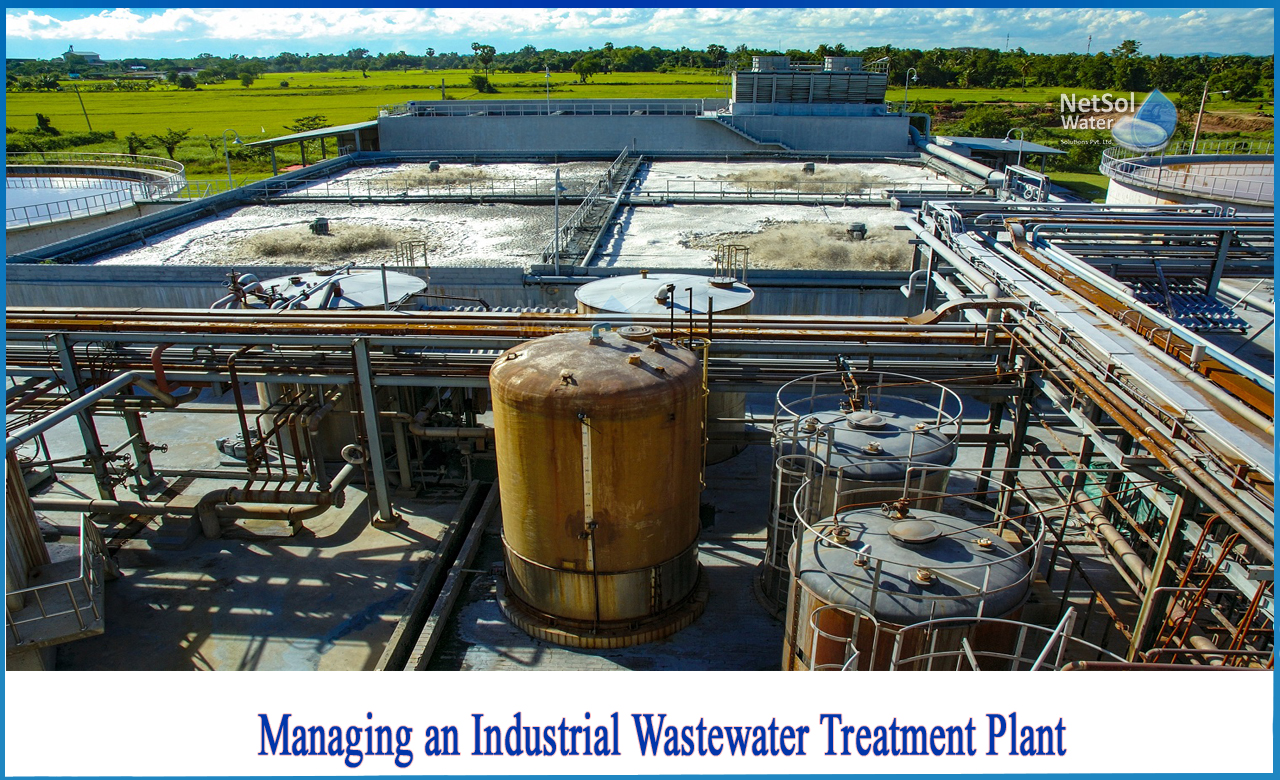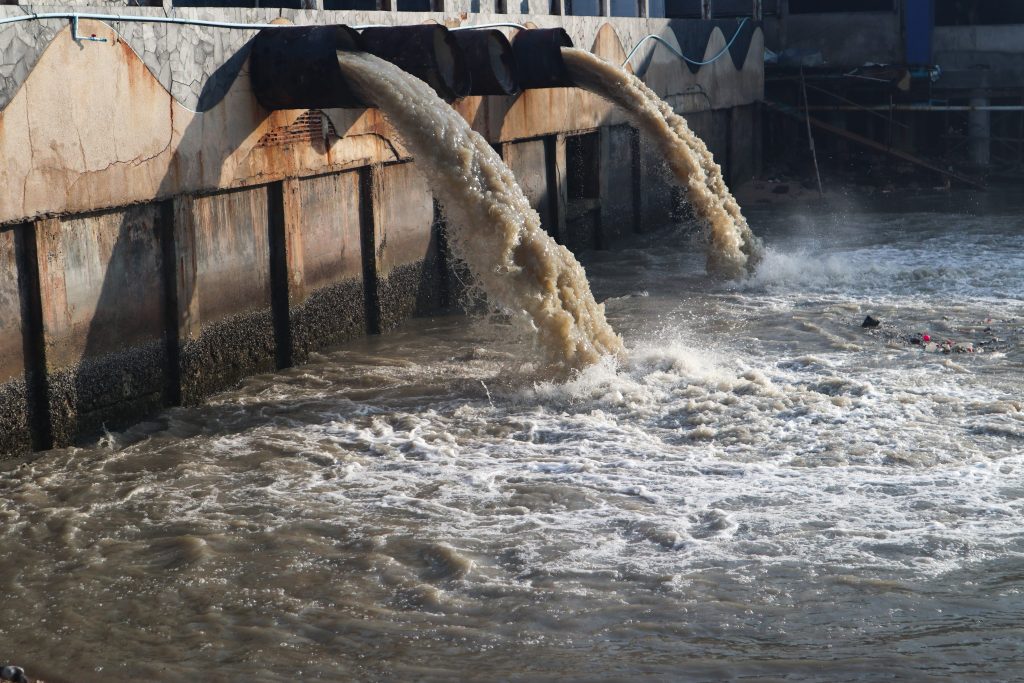Industrial Waste Water Treatment-- Efficient Waste Monitoring for Manufacturing Facilities
Industrial Waste Water Treatment-- Efficient Waste Monitoring for Manufacturing Facilities
Blog Article
Advancements and Advancements in Hazardous Waste Water Treatment Technologies
The landscape of commercial wastewater therapy is undertaking a transformative change, driven by innovations that enhance both efficiency and sustainability. As regulatory requirements develop, the combination of AI and maker discovering right into wastewater monitoring systems assures to streamline operations and ensure conformity.
Introduction of Waste Water Treatment Technologies
Wastewater treatment technologies encompass an array of approaches made to get rid of pollutants from industrial effluents before their launch right into the atmosphere. These technologies are crucial for maintaining eco-friendly equilibrium and making sure compliance with environmental laws. The main classifications of wastewater treatment consist of physical, chemical, and biological methods, each offering unique purposes based upon the nature of the pollutants present.

Organic therapy methods employ bacteria to weaken organic matter, making them especially reliable for organic-rich effluents. Strategies like activated sludge and biofilm reactors harness the natural deterioration capacities of microorganisms, leading to significant reductions in biochemical oxygen demand (BODY)
Advanced Purification Strategies
Advanced purification techniques represent a vital development in the world of commercial wastewater therapy, boosting the performance of impurity elimination procedures. Industrial Waste Water Treatment. These approaches incorporate a series of technologies, including microfiltration, ultrafiltration, nanofiltration, and reverse osmosis, which provide sequential barriers for various particle sizes and chemical frameworks
Microfiltration and ultrafiltration make use of membrane layer systems to eliminate put on hold solids, germs, and larger organic molecules, boosting the top quality of effluent previous to additional therapy. Nanofiltration connects the gap between ultrafiltration and turn around osmosis, properly getting rid of organic compounds and divalent ions, hence lowering the tons on downstream processes.
Reverse osmosis uses the highest degree of purification by permitting just water and tiny particles to pass through its semi-permeable membranes, making it perfect for reclaiming high-quality water from commercial effluents. Current developments in membrane modern technology, consisting of the development of even more long lasting and fouling-resistant materials, have actually considerably improved functional efficiency and reduced expenses.
Incorporating these innovative filtering techniques not just enhances the total treatment procedure however additionally adds to sustainability initiatives by allowing water reuse and source healing in industrial settings. (Industrial Waste Water Treatment)
Organic Treatment Technologies

Furthermore, the growth of crafted biological systems, such as membrane layer bioreactors (MBRs), integrates biological therapy with sophisticated membrane filtering. This integration enables higher effluent quality and their website lowered footprint, making it ideal for space-constrained industrial centers. Advancements in genetically engineered microbes have additionally emerged, boosting the biodegradation of certain contaminants, such as drugs and heavy steels, that are traditionally testing to remove.
Furthermore, the implementation of bioaugmentation methods, where useful germs are introduced to boost the existing biological treatment procedures, has revealed promising lead to boosting treatment efficiency. These technologies collectively indicate a trend towards even more reliable and sustainable biological therapy methodologies that can adapt to the advancing complexities of industrial pop over here wastewater streams. As markets remain to prioritize environmental compliance, these organic innovations will play an important duty in wastewater management.

Resource Recuperation Techniques
In industrial setups, the combination of resource recuperation techniques has actually ended up being increasingly essential for improving sustainability and minimizing waste. These approaches concentrate on extracting useful materials and power from wastewater streams, thus changing potential toxins into multiple-use resources.
One noticeable method is nutrient healing, where nitrogen and phosphorus, often existing over in wastewater, are caught and exchanged plant foods. This not only decreases ecological impacts yet also supplies a round economic climate remedy for agricultural applications. Furthermore, modern technologies such as anaerobic digestion permit the conversion of organic waste into biogas, a renewable resource resource that can counter nonrenewable fuel source use in industrial operations.
In addition, advanced filtering and membrane layer technologies help with the recuperation of commercial by-products such as salts and steels. These recouped materials can be reintegrated into manufacturing procedures, reducing the need for virgin resources.
Future Patterns in Drainage Monitoring
As industries increasingly prioritize sustainability, the future of wastewater administration is readied to undertake substantial transformations. Technological improvements, such as expert system and equipment view learning, will enable much more effective monitoring and monitoring of wastewater systems. These modern technologies can forecast upkeep demands, maximize therapy procedures, and improve decision-making, eventually minimizing operational expenses and environmental impact.
Furthermore, the integration of circular economy concepts will certainly play a critical duty in wastewater monitoring. Industries are anticipated to move towards systems that not only deal with wastewater yet likewise recuperate important resources, such as nutrients, water, and power. This shift will minimize waste and advertise the reuse of products, lining up with global sustainability goals.
Arising treatment techniques, such as membrane layer bioreactors and progressed oxidation processes, will certainly better improve the effectiveness of wastewater therapy, enabling higher quality effluents ideal for reuse. Furthermore, regulatory structures are likely to evolve, stressing stricter standards for wastewater discharge and motivating industries to take on ingenious therapy options.
Conclusion
In verdict, the development of industrial wastewater therapy technologies shows a significant change towards boosted efficiency and sustainability. Technologies in sophisticated purification methods, organic treatments, and source recovery techniques highlight the industry's commitment to ecological stewardship. The integration of fabricated intelligence and artificial intelligence additionally optimizes these processes, making certain regulatory conformity and advertising a circular economic climate. Proceeded developments in these locations will certainly play an essential function fit the future of wastewater management and securing vital water resources.
The landscape of industrial wastewater therapy is going through a transformative change, driven by technologies that enhance both efficiency and sustainability.Wastewater treatment technologies encompass a variety of techniques created to get rid of impurities from commercial effluents prior to their launch right into the setting.Using the power of organic procedures has actually led to substantial technologies in the therapy of commercial wastewater.Furthermore, the application of bioaugmentation methods, where useful microorganisms are introduced to enhance the existing biological therapy procedures, has actually shown promising results in boosting therapy performance. These advancements collectively represent a trend in the direction of even more efficient and lasting organic treatment methodologies that can adjust to the advancing intricacies of industrial wastewater streams.
Report this page